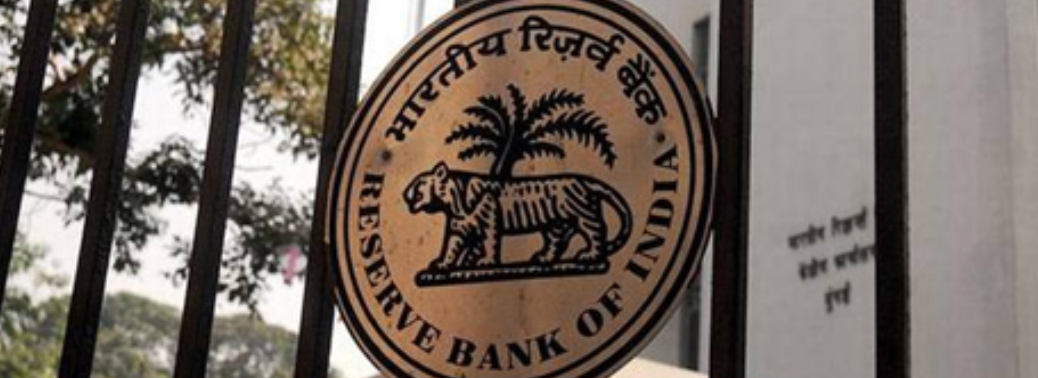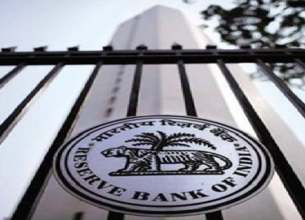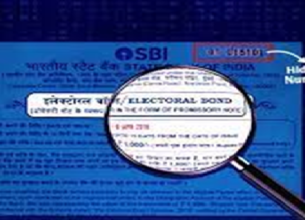EXTERNAL BENCHMARK-BASED LENDING
08, Sep 2019

Prelims level : Economics-Banking
Mains level : GS-III- Indian Economy and Issues relating to planning, mobilization of Resources, Growth, Development and Employment.
Why in News?
- The RBI has made it mandatory for all banks to link floating rate loans — to retail customers and loans to micro, small and medium enterprises (MSME) — to an external benchmark.
- Some banks have already started to link home and auto loan rates to the repo rate, which is an external benchmark.
- Banks can choose from one of the four external benchmarks — repo rate, three-month treasury bill yield, six-month treasury bill yield or any other benchmark interest rate.
- The interest rate under external benchmark shall be reset at least once in three months.
Why Such Move?
- At present, interest rates on loans are linked to a bank’s marginal cost of fund-based interest rate (MCLR).
- It has been observed that due to various reasons, the transmission of policy rate changes to the lending rate of banks under the current MCLR framework has not been satisfactory.
- The RBI, therefore, has issued a circular making it mandatory for banks to link all new floating rate personal or retail loans and floating rate loans to MSMEs to an external benchmark effective October 1, 2019.
- The move is aimed at faster transmission of monetary policy rates.
Repo wasn’t Useful:
- Even before RBI had made it mandatory, several banks had launched repo-linked lending rate products.
- This was done in an effort to ensure faster transmission of policy rate cuts to borrowers.
- The repo (or repurchase) rate is the rate at which the Reserve Bank of India (RBI) lends money to other banks.
- Hence, cuts in the repo rate are meant to lead to cuts in home loan and other lending rates as banks get to borrow money cheaply from the RBI.
- By pegging the rate to an external benchmark RBI is hoping for a faster transmission of rate cuts than has happened so far under the MCLR system.
MCLR:
- MCLR (Marginal Cost of funds-based Lending Rate) replaced the earlier base rate system to determine the lending rates for commercial banks.
- RBI implemented MCLR on 1 April 2016 to determine rates of interests for loans.
- It is the minimum interest rate that a bank can lend at.
- MCLR is a tenor-linked internal benchmark, which means the rate is determined internally by the bank depending on the period left for the repayment of a loan.
- MCLR is closely linked to the actual deposit rates and is calculated based on four components: the marginal cost of funds, negative carry on account of cash reserve ratio, operating costs and tenor premium.










